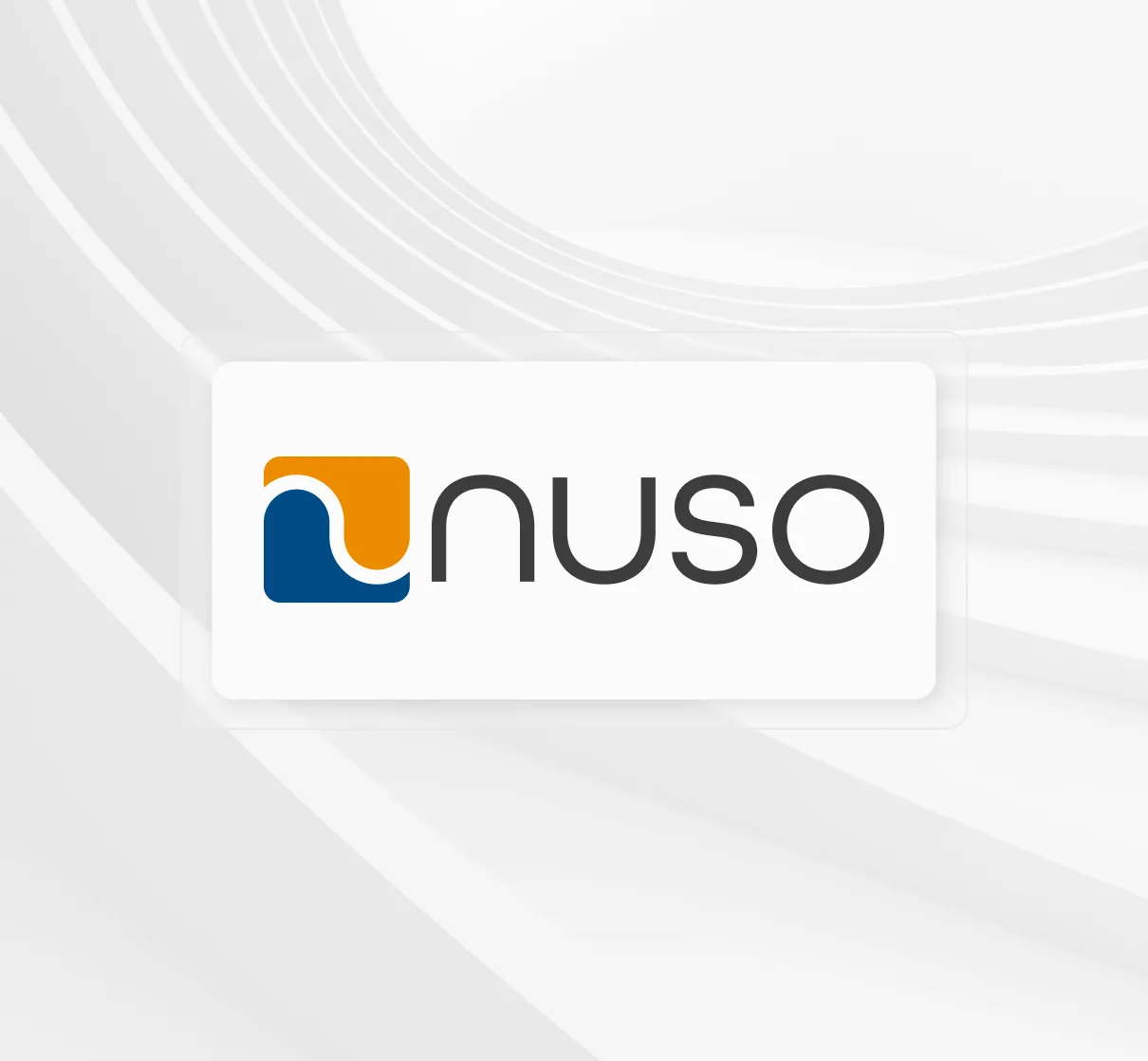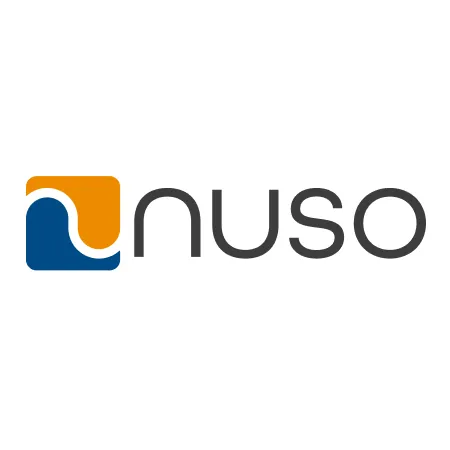During the early days of the pandemic, Unified Communications as a Service (UCaaS) became a go-to solution for keeping teams connected. Businesses needed fast, cloud-based ways to support remote work, and UCaaS delivered.
However, that sudden spike in demand led many to wonder whether this technology was a temporary fix or something built to last. Now, with several years of hindsight, the data shows a clear direction.
The UCaaS Market is Growing Steadily in Every Region
Despite early assumptions, the growth of UCaaS hasn’t slowed. Grandview Research estimates that the market will increase from $87 billion to $263 billion by 2030, growing at a rate of nearly 20 percent per year.
North America remains the most established region, where cloud-first strategies are prevalent, and hybrid work is widely supported. But growth isn’t limited to the US and Canada. Adoption across the UK and other parts of EMEA is gaining speed. Factors like rising costs, demand for flexibility, and increasing digital maturity are driving more businesses to make the shift.
This growth indicates a broader trend: UCaaS is no longer viewed as a stopgap. It’s become part of long-term plans.
Unified Communications Platforms Are Evolving, Not Being Replaced
UCaaS has evolved significantly beyond its initial use cases. It is no longer just a convenient alternative to on-premise phone systems. Today, due to two major developments, UCaaS has become the foundation of flexible, fully connected workplaces worldwide.
UCaaS Platforms Offer Far More Integration Options
The evolution of UCaaS solutions is largely being shaped by integration, particularly with Communications Platform as a Service (CPaaS) offerings from global service providers.
Some have mistaken the rise of CPaaS as a signal that UCaaS is being phased out in favor of customizable, developer-led solutions. In reality, UCaaS vs CPaaS isn't a one-or-the-other discussion because they serve different functions:
- Unified Communications as a Service provides a complete communication solution in one ready-to-use platform. Voice, messaging, video conferencing, voicemail, presence, and call routing are all included, designed to work together right out of the box. It simplifies deployment and management across the organization.
- CPaaS, by contrast, provides the "building blocks" of communication. It offers APIs that developers use to embed communication features (such as messaging or voice) into other tools or customer-facing applications. A CPaaS solution might enable click-to-call in a mobile app or automate appointment reminders via SMS. It doesn’t come with a user interface. It’s designed to be integrated and built upon.
Today's modern businesses use both models simultaneously. With this approach, organizations can rely on UCaaS for everyday communication and use CPaaS to integrate with business tools like Microsoft Teams, Zoom, CRM systems, or workforce management platforms.
This evolution makes UCaaS more valuable, not less, to modern businesses. A well-integrated UCaaS platform enables their internal teams to seamlessly transition between communication, scheduling, documentation, and customer interaction without managing multiple project management tools.
UCaaS Solutions Break Down Barriers to Global Communication
Work no longer happens in one place. Global teams need reliable ways to communicate across offices, regions, and time zones without disruption. That demand has made Unified Communications as a Service one of the most critical tools in modern business.
UCaaS platforms offer centralized communication for geographically dispersed teams. Unlike legacy PBX systems or siloed apps, UCaaS solutions remove the need for region-specific infrastructure. Teams in London, Toronto, and Dubai have the option to connect everyone through a single platform, ensuring consistent quality and access, regardless of their device or location.
Platforms like NUSO's are also equipped to:
- Provision local and toll-free numbers in multiple countries
- Enforce regional data compliance standards
- Maintain reliable performance across global networks.
These capabilities enable businesses to onboard users, maintain service continuity, and comply with legal requirements regardless of where operations are conducted.
For companies building future-ready communication and growth strategies, unified platforms are paramount. And NUSO is the service provider who remains focused on making that future more accessible.
Why NUSO Remains a Future-Ready UCaaS Provider
As the market matures, so do expectations. Organizations now evaluate providers based on long-term viability, adaptability, and integration potential. NUSO meets these criteria with a platform that simplifies deployment, scales globally, and delivers key features such as:
- Direct routing for Microsoft Teams
- Advanced call handling and routing
- Integrated messaging and video
- CRM and WFM integrations
- Built-in disaster recovery
NUSO’s platform allows businesses to embrace cloud collaboration tools without compromising security, user experience, or global connectivity. For organizations exploring the next generation of communications, NUSO remains a strategic partner committed to innovation.
Final Thoughts: The Future Is Unified
Unified communication and internal collaboration applications are not on the decline. On the contrary, they are maturing, adapting, and integrating into the digital fabric of today’s business environment.
Growth across North America, the UK, and EMEA shows that demand for reliable, flexible communication tools is still strong. The evolution of business communications doesn’t signal the end of Unified Communications, but rather an extension of what cloud communications offer.
For any business seeking a better way to connect teams, manage operations, and support customer engagement across regions, platforms like NUSO's offer a smart path forward.
Explore NUSO’s Unified Communications and discover how it supports both local teams and global expansion. For direct consultations, reach out to the team.










